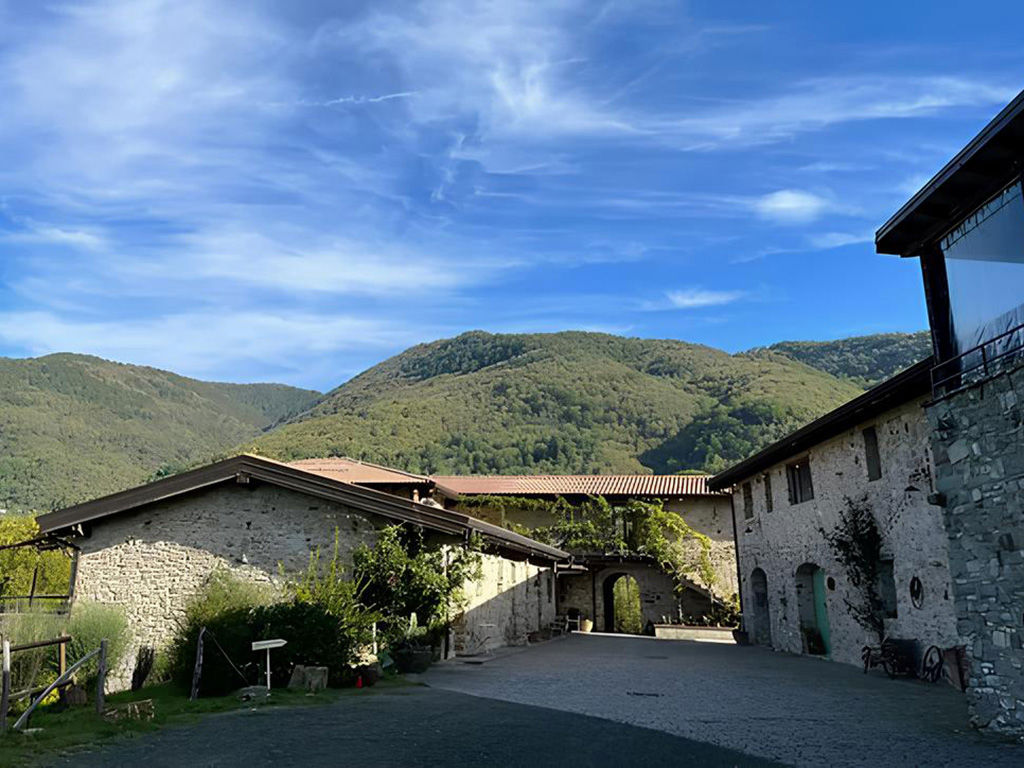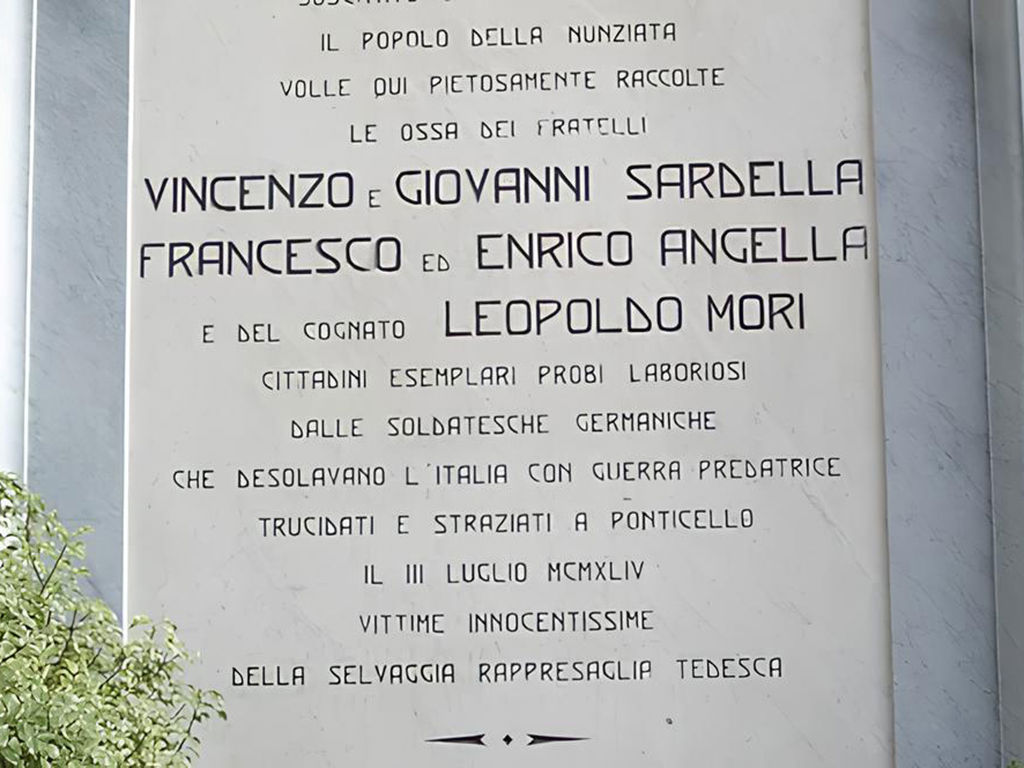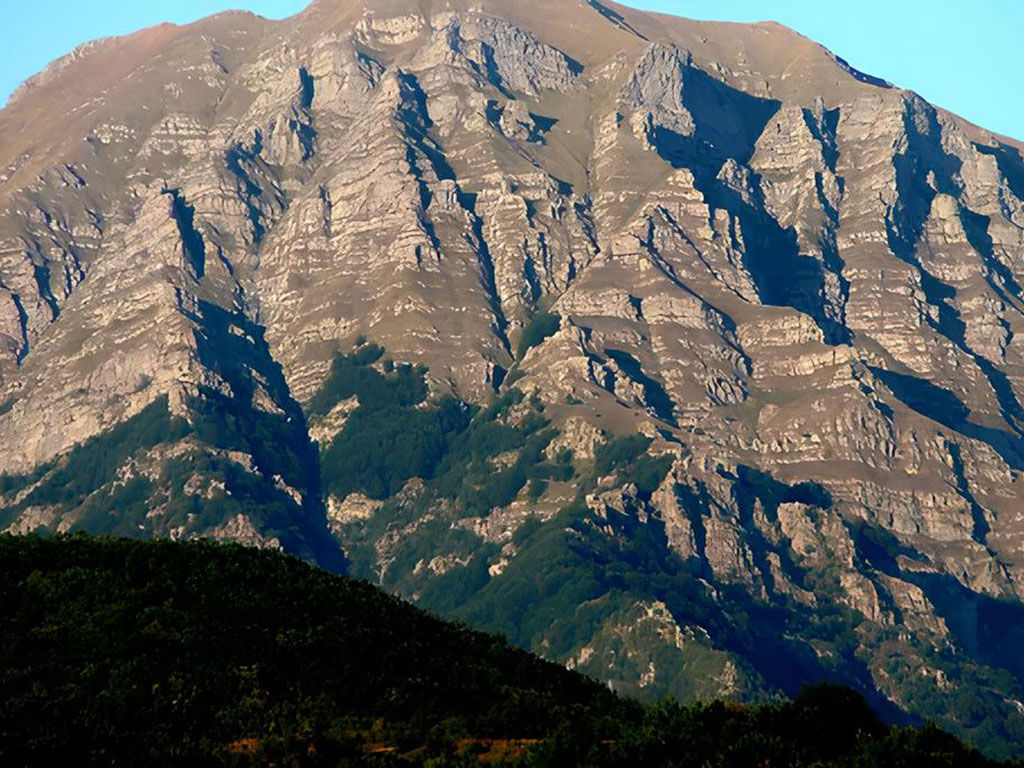



Caring for an abandoned farm left to return to wilderness for over 20 years has allowed us to observe the power of nature around us. We believe in working with nature rather than against it; by combining rotational grazing of livestock with the planting of fruit trees in closed cycles, we have been able to multiply synergies and create a sustainable agricultural system.
In addition to our commitment to sustainable agriculture, we practice forest management that provides us with firewood and fencing posts; we recover mountain and rainwater, compost organic waste, and use animal manure to improve the soil structure in our no-dig garden.
After many years of work and travel abroad, we were looking for the perfect place to grow our young and growing family. When we discovered an abandoned property bordering a National Park in the wild valley of Lunigiana, we immediately saw the opportunity of a lifetime, and the concept of Podere Conti was born. Today, along with our older children, our family-run estate is not only our home but also a place where we can share our way of life and offer a personal touch to our guests, providing a truly authentic experience like being at home.
Seasonality, foraging, and waste reduction are the core principles of our restaurant, which aims to create integrated and balanced ecosystems. We are committed to sustainable rural regeneration supported by eco-friendly tourism, offering our guests an authentic and responsible experience.
Affectionately dubbed "Paradiso Conti" by many who have stayed here, it is truly a corner of paradise where time slows down, allowing you to escape the hustle and bustle of everyday life. Come and experience our family hospitality, breathe in the fresh mountain air, and let the panoramic views soothe your mind, all while contributing to the balance of nature we strive to maintain here at Podere Conti.

The courtyard at Lusine was historically used as a meeting place for local village dances and, fittingly, is now having a revival as the location for many a wedding celebration.

Lusine is renowned locally as the location where five innocent young men were captured and subsequently massacred at the nearby village of Ponticello by German soldiers in the summer of 1944, in reaction to the killing of one of their fellow soldiers. The local community still commemorates the tragic event every year, and the presence of the five Conti boys now living and working on the property adds even greater significance to the anniversary.

Dobbiana is home to several other small hamlets which are connected to . Lusine via the old mule tracks through the forest.
Most of these tracks are still open and make for great walks or treks directly from the property following the footsteps of pilgrims on the Via Francigena and visiting the church San Giovanni Battista, home to the Santa Croce and on the Via del Volto Santo.